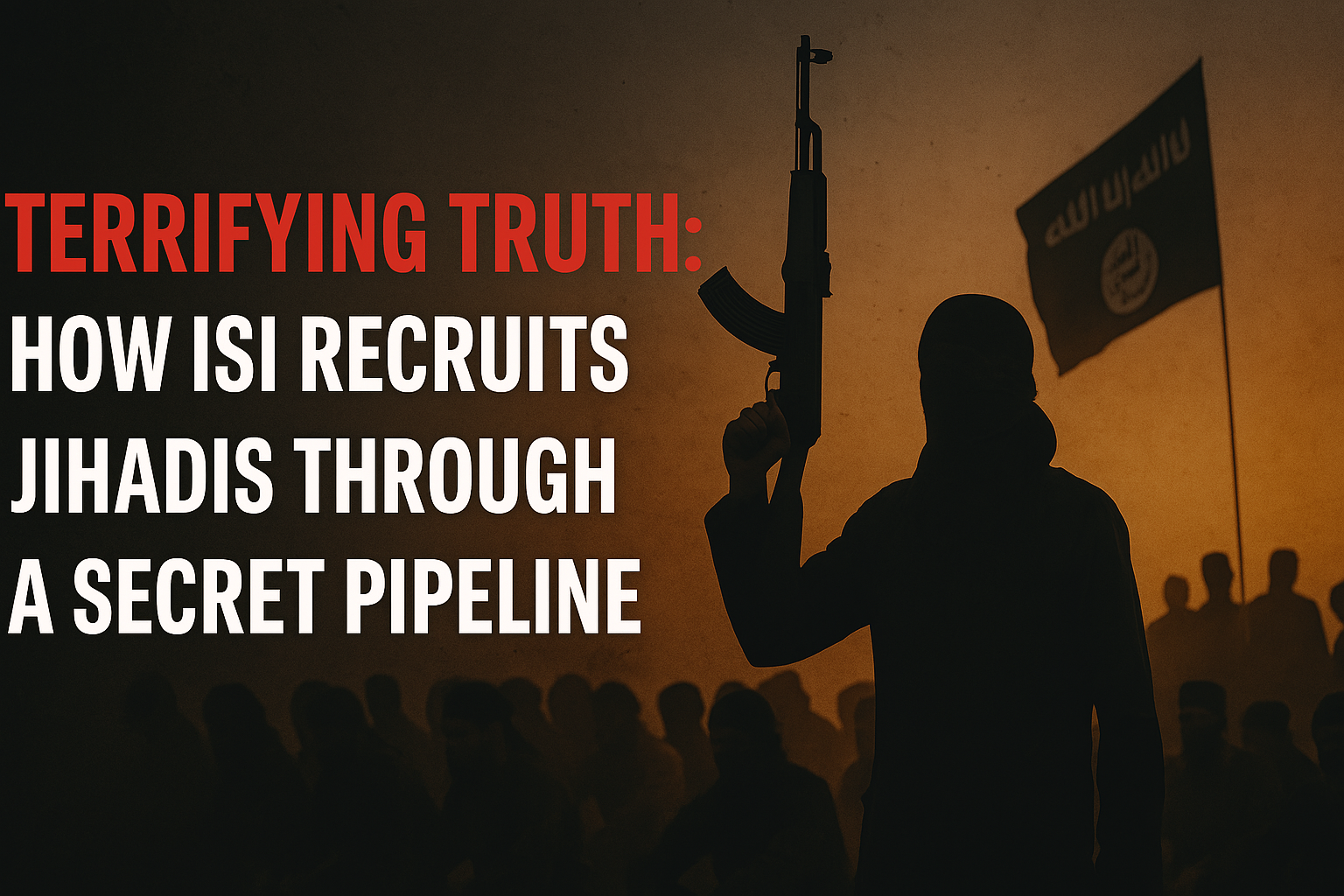While most 17-year-olds are stressing over breakups and bad grades, Muhammad bin Qasim was busy launching one of the bloodiest theocratic invasions in Indian history.
Textbooks in Pakistan celebrate him as the “first Muslim ruler of the subcontinent.”
But dig a little deeper, and you’ll discover this Muhammad bin Qasim teen conqueror wasn’t some golden boy of justice. He was a teenager with too much testosterone, a sword dipped in dogma, and a mission delivered not by destiny—but by a tyrant named al-Hajjaj.
He came, he saw, he slaughtered—and eventually, he got stuffed into ox hide by the same empire that made him.
Let’s unpack the myth, the massacre, and the madness.
Al-Hajjaj’s Boy Soldier: Not a Hero, Just a Hired Gun
Qasim didn’t rise through grit or brilliance.
He was shipped to Sindh by al-Hajjaj, the Umayyad governor of Iraq, after pirates allegedly attacked Arab ships near Debal.
And what did al-Hajjaj do?
He didn’t negotiate.
He didn’t verify.
He just sent in a 17-year-old with holy verses and siege weapons.
“When you meet the unbelievers, strike their necks.”
— Quran 47:4, often invoked during Qasim’s campaign
From day one, this wasn’t about justice—it was about jihad. Dahir’s refusal to hand over pirates he didn’t control was twisted into a holy war.
Qasim wasn’t defending honor.
He was delivering death on demand.

Muhammad bin Qasim Teen Conqueror — or Teen Temple Wrecker?
The Chachnama, a primary Persian source of the Arab invasion of Sindh, doesn’t hide what Qasim did.
- At Debal, he catapulted the central temple into rubble.
- In Brahmanabad, he executed thousands.
- In Multan, he looted the famed Sun Temple and renamed it the “House of Gold.”
And after that?
- Priests were killed.
- Women enslaved.
- Children sold in markets.
“He broke the idol and set up a mosque. All the captives were given to the soldiers.”
— Chachnama, translated by H.M. Elliot
So much for peaceful coexistence.
Of Gifts, Gory Tales, and Guilt: Dahir’s Daughters and the Ultimate Betrayal
Perhaps the most chilling chapter in Qasim’s story is what he did after Raja Dahir’s defeat.
He sent Dahir’s daughters—Surya Devi and Parimal Devi—as “gifts” to the Caliph.
A gift.
Not jewels.
Not gold.
But defeated, violated royal women.
And then came poetic justice.
The daughters accused Qasim of raping them before their delivery.
The Caliph, enraged, had Qasim sewn into an ox’s hide and suffocated to death. His decomposing corpse was sent back as garbage.
“Let him perish as he has dishonored us,” the Caliph is believed to have said.
The boy general who thought he’d found glory?
He died as rotting meat in leather casing.
What the Textbooks Won’t Teach You
Pakistani schoolbooks present Muhammad bin Qasim the teen conqueror as a reformer, an administrator, and a gentle soul who offered equal rights.
Here’s what they don’t say:
- He levied jizya (tax on non-Muslims).
- He appointed Arab governors, not local Hindus.
- He distributed enslaved women as war spoils.
- He ruled by religious law, not reason.
They whitewash history with rosewater and call it heritage.
Was Muhammad bin Qasim a Conqueror or a Convenience?
Even historians remain divided.
- R.C. Majumdar calls his invasion “a disaster for Indian civilization.”
- Al-Baladhuri, an Arab chronicler, described Qasim’s actions without apology—temples razed, cities looted, and kafirs subdued.
The truth?
Qasim wasn’t a hero.
He wasn’t even in charge.
He was a pawn in a bigger game, disposable the moment he became inconvenient.
He believed he was chosen.
He was just used.
A Trail of Trauma, A Spark of Resistance
Yes, he conquered.
But did he last?
Not really.
His so-called “empire” crumbled within a few years. Hindu kings like Jaisimha, Dahir’s son, fought back.
The Arabs were confined to Multan and a few forts.
Even Muslim soldiers had to build a walled town called Mahfuzah (“The Protected”) because they couldn’t roam freely.
In the end, Qasim’s invasion didn’t create unity—it triggered centuries of rebellion.
The Psychology of a Teenage Zealot “Muhammad bin Qasim”
You want to understand Muhammad bin Qasim?
Picture a 17-year-old with a holy book in one hand and a bloodied sword in the other, told that every death wins him paradise.
Add a mentor (al-Hajjaj) who only rewards cruelty.
Add a religion that demands submission—not faith, but fear.
Qasim didn’t think twice.
He didn’t question.
He just obeyed.
And killed.
And obeyed some more.
Until he became too useful to ignore and too dangerous to keep.
Final Thoughts: Muhammad bin Qasim Teen Conqueror—Or Poster Boy for Historical Amnesia?
Let’s stop asking whether Qasim was a hero or villain.
Let’s ask why we still let his myth survive.
- Why do Pakistani textbooks still venerate him?
- Why do secular historians hesitate to call his invasion jihad?
- Why does nobody talk about the women he sent like Amazon packages?
He wasn’t a teenager seeking justice.
He was a boy with a blade and a belief system that sanctioned barbarity.
He left behind blood.
He left behind broken gods.
He left behind a model—of conquest cloaked in Quranic verses.
And today, we still live in the consequences of that model.
🔗 Further Reading:
- The Chachnama, translated by H.M. Elliot – PDF Link
- The Boatman Who Let Qasim In













